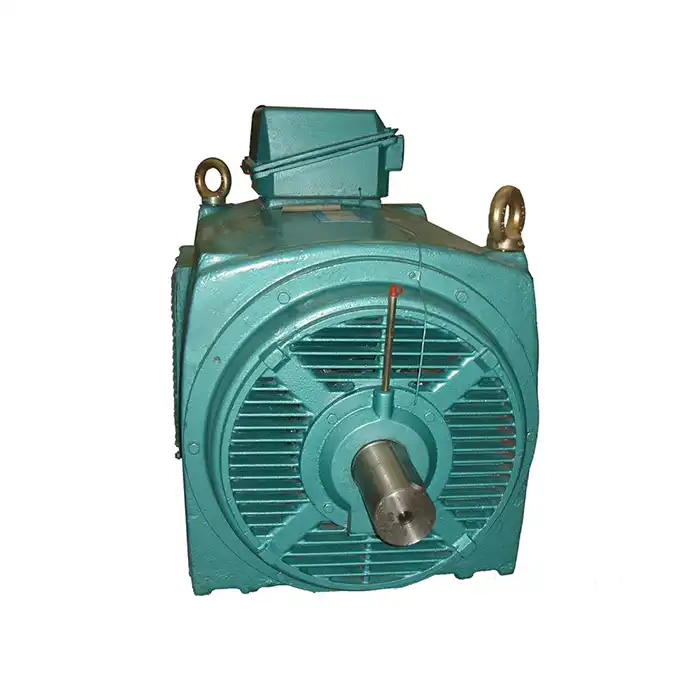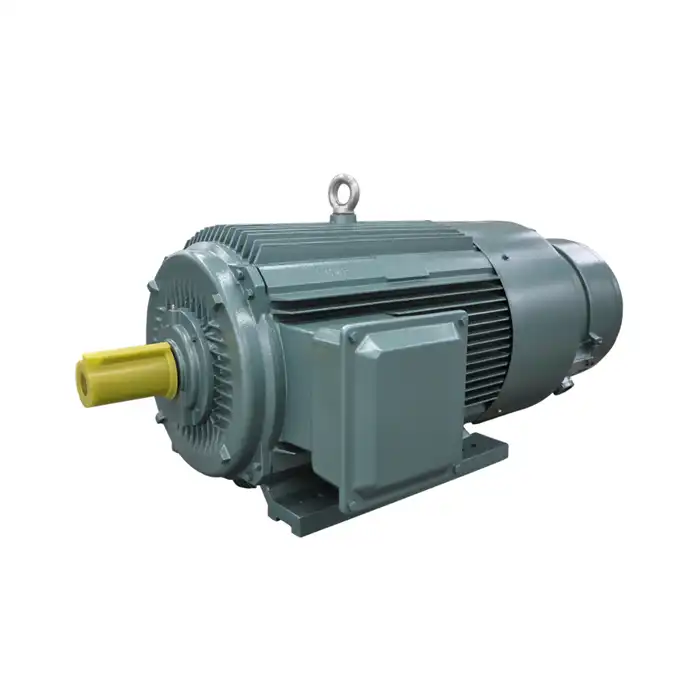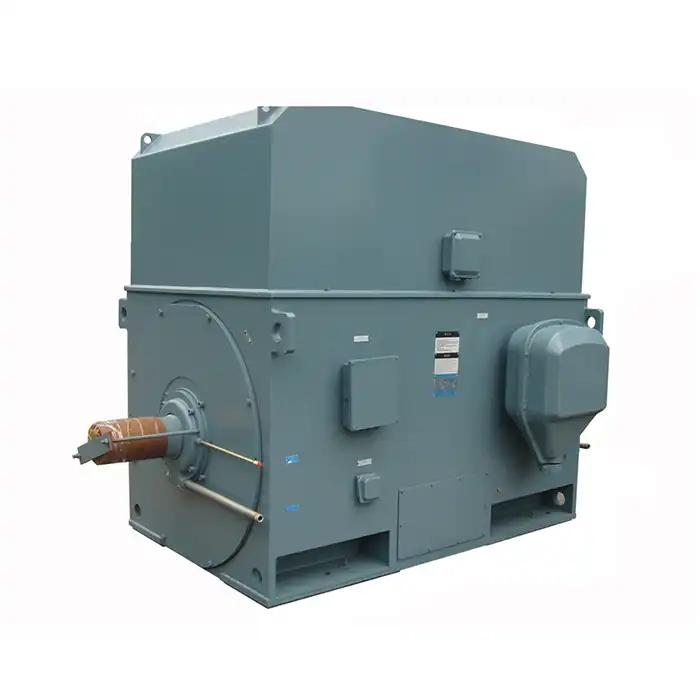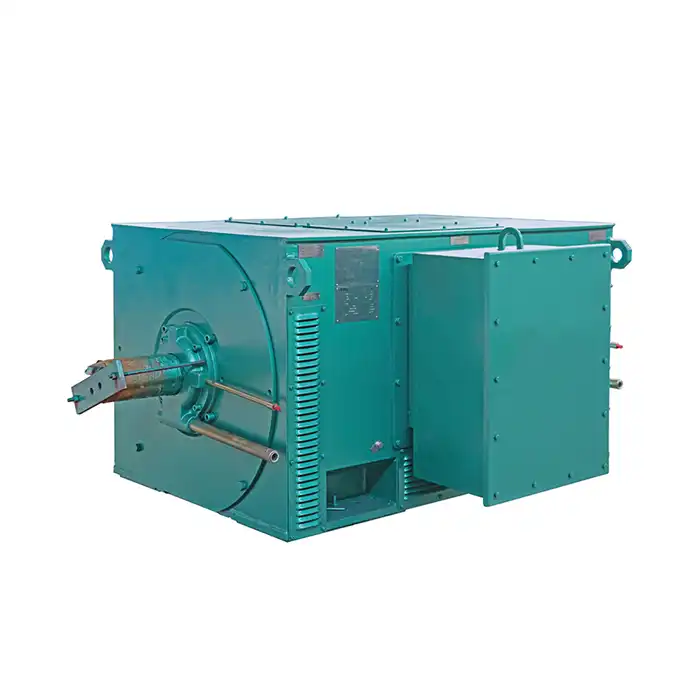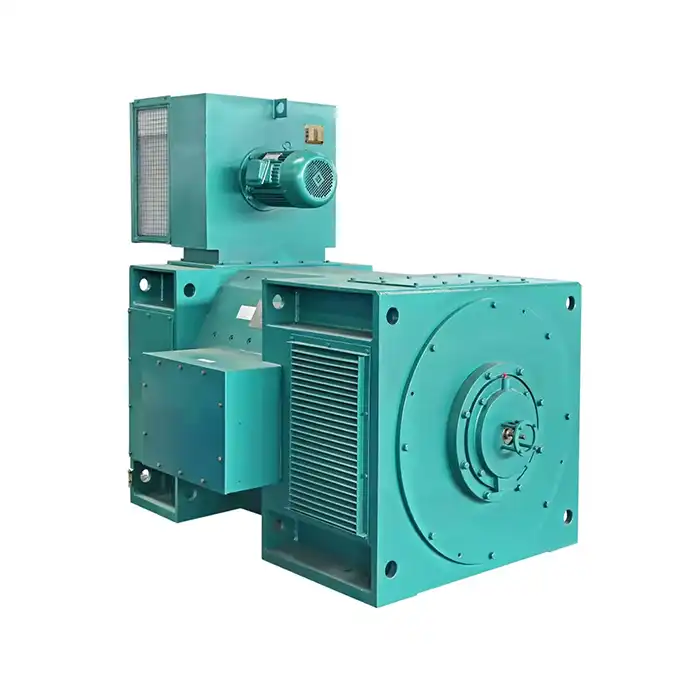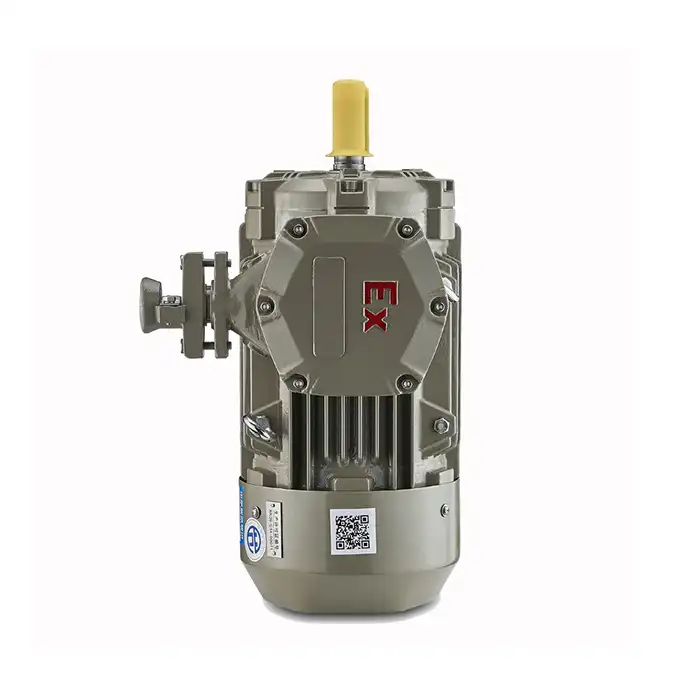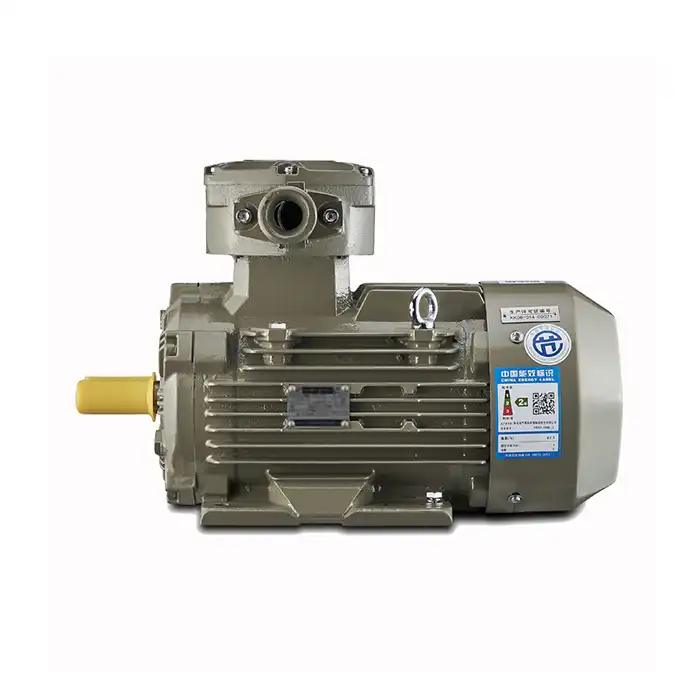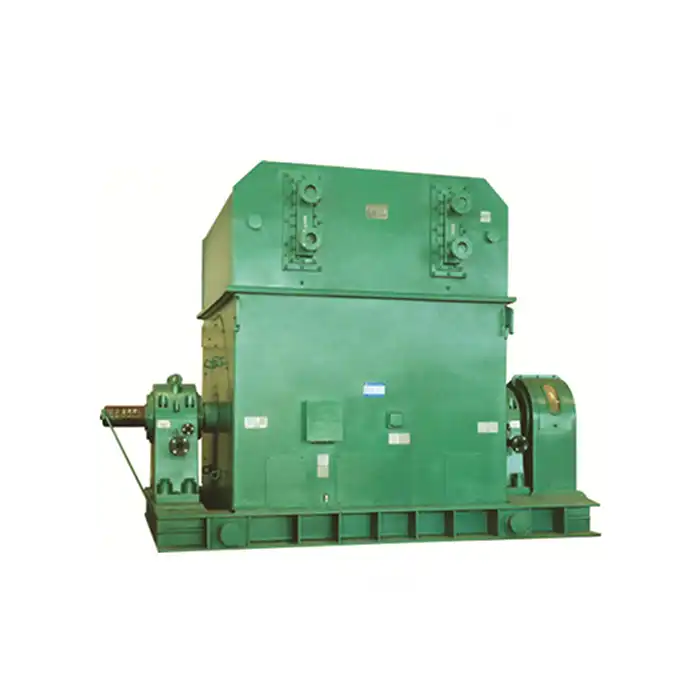What Are Effective Strategies for Preventing Mining Motor Failures?
A lot of the equipment used in mining depends on motors that are strong and dependable. These motors have to work in tough conditions like dust, water, high and low temperatures, and steady shaking. To keep things running smoothly and cut down on costly downtime, it's important to use effective ways to stop mining motor problems. This piece talks about different ways to protect and maintain mining motors so that they last a long time and work at their best.
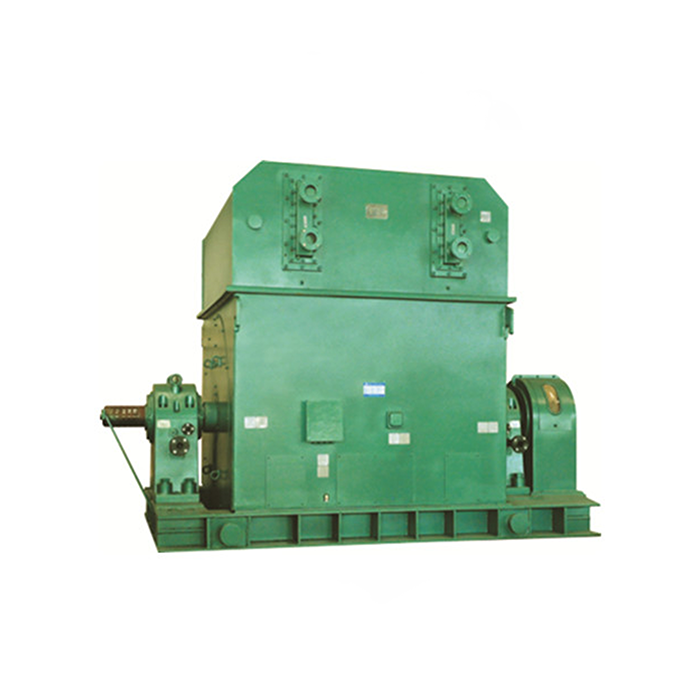
Series:T
Voltage range:3000V±5%,3300V±5%,6000V±5%,6600V±5%,10000V±5%,
Power range:800-12000 kW
Application:fans, water pumps, compressors.
Advantage:large starting torque.
Others: SKF, NSK, FAG bearings can be replaced according to customer requirements.
Predictive Maintenance Techniques for Mining Motors
Proactive maintenance, often known as predictive maintenance, is a method that employs data analysis and monitoring techniques to forecast when a piece of machinery might break down. This makes it possible for maintenance personnel to handle potential faults before they become serious problems, which in turn reduces the number of unexpected breakdowns and extends the life of mining motors.
Vibration Analysis
One of the most effective methods for identifying the earliest indications of motor issues is vibration analysis. Detecting problems such as the following can be accomplished by technicians by monitoring the vibration patterns of a mining motor:
- Misalignment
- Bearing wear
- Rotor imbalance
- Loose components
By doing vibration analysis on a regular basis, it is possible to detect these issues at an earlier stage, which enables timely repairs and prevents catastrophic failures.
Thermal Imaging
When used in mining machinery, thermal imaging cameras have the ability to identify hot patches that may be indicative of possible issues. A number of factors, including the following, can lead to excessive heating:
- Insulation breakdown
- Bearing failures
- Electrical imbalances
The maintenance crews are able to address the fundamental cause of the problem before it leads to the failure of the motor if they locate these hot spots early on.
Oil Analysis
For mining motors that have bearings that are lubricated with oil, performing oil analysis on a regular basis can provide useful insights on the health of the motor. Using this method, one can identify:
- Contamination
- Wear particles
- Changes in oil viscosity
Because of these characteristics, it is possible to identify potential issues with bearings, seals, or other components, which enables timely interventions to be taken.
Optimizing Motor Selection for Harsh Mining Conditions
It is essential to select the appropriate motor for the mining applications at hand in order to keep problems at bay and guarantee the highest possible level of performance. The following considerations should be taken into account when choosing a mining motor:
Environmental Protection
Mining environments are often harsh, with exposure to dust, moisture, and corrosive substances. Select motors with appropriate ingress protection (IP) ratings to withstand these conditions. For example:
- IP65 for protection against dust and water jets
- IP67 for temporary submersion protection
Additionally, consider motors with special coatings or materials that resist corrosion and chemical damage.
Temperature Ratings
Mining operations can involve extreme temperatures, both hot and cold. Choose motors with appropriate temperature ratings for your specific application. Consider factors such as:
- Ambient temperature range
- Motor self-heating during operation
- Cooling system effectiveness
Proper temperature management is crucial for preventing overheating and extending motor life.
Voltage and Frequency Variations
Mining sites often experience fluctuations in power supply. Select motors that can handle voltage and frequency variations without compromising performance or lifespan. Look for features such as:
- Wide voltage tolerance
- Frequency range adaptability
- Built-in power conditioning
These features can help protect the motor from electrical stress and ensure consistent operation.
Training Staff on Motor Failure Prevention
Even the best maintenance strategies and motor selections can fall short without proper staff training. Educating your team on motor failure prevention is crucial for maintaining a reliable mining operation.
Basic Motor Inspection Techniques
Train your staff to perform regular visual inspections of mining motors. This should include checking for:
- Signs of physical damage
- Loose connections
- Unusual noises or vibrations
- Proper ventilation and cooling
Equip them with the knowledge to identify potential issues early and report them promptly.
Understanding Motor Specifications
Ensure that your team understands the specifications and limitations of the motors used in your mining operations. This includes:
- Voltage and current ratings
- Speed and torque characteristics
- Duty cycle requirements
- Environmental ratings
This knowledge will help prevent misuse and overloading of motors, reducing the risk of failures.
Proper Motor Installation and Alignment
Train your staff on proper motor installation and alignment techniques. Misalignment is a common cause of premature motor failure. Focus on:
- Correct mounting procedures
- Shaft alignment techniques
- Proper coupling selection and installation
- Importance of foundation stability
Proper installation sets the foundation for reliable motor operation throughout its lifespan.
Conclusion
Preventing mining motor failures requires a multifaceted approach that combines predictive maintenance techniques, optimal motor selection, and comprehensive staff training. By implementing these strategies, mining operations can significantly reduce downtime, extend motor lifespan, and improve overall efficiency. Regular monitoring, timely interventions, and a proactive maintenance culture are key to ensuring the reliability and longevity of the product in challenging environments.
FAQ
1. How often should mining motors be inspected?
The frequency of inspections depends on the motor's usage and environmental conditions. Generally, visual inspections should be performed weekly, while more comprehensive checks might be done monthly or quarterly. Always follow manufacturer recommendations and adjust based on your specific operating conditions.
2. Can variable frequency drives (VFDs) help prevent mining motor failures?
Yes, VFDs can contribute to preventing motor failures by allowing for soft starts and stops, reducing mechanical stress on the motor. They also provide better speed control, which can help optimize motor performance and energy efficiency. However, VFDs must be properly selected and installed to avoid introducing electrical issues.
3. What are the signs of an impending mining motor failure?
Common signs include increased vibration, unusual noises, excessive heat, reduced performance, and changes in current draw. Regular monitoring and analysis of these parameters can help detect potential issues before they lead to complete failure.
Partner with XCMOTOR for Reliable Mining Motor Solutions
We at XCMOTOR know how important it is for mining companies to have motors that work well. We can help you with your mining motor needs because we know how to create and build high-performance motors that work well in harsh conditions. We can make solutions just for you that focus on durability, efficiency, and ease of upkeep. This will help you cut down on downtime and boost productivity. Contact us today at xcmotors@163.com to discuss how our mining motor solutions can enhance your operations and prevent costly failures. Trust XCMOTOR, your dedicated mining motor manufacturer, to power your success in the challenging world of mining.
References
1. Johnson, R. (2021). Advanced Predictive Maintenance Strategies for Mining Equipment. Journal of Mining Engineering, 45(3), 112-128.
2. Smith, A., & Brown, T. (2020). Optimizing Motor Selection for Extreme Mining Environments. International Mining Technology Review, 18(2), 76-89.
3. Zhang, L., et al. (2022). Staff Training Programs for Effective Motor Maintenance in Mining Operations. Mining Safety and Health Quarterly, 33(1), 45-58.
4. Davis, M. (2019). Vibration Analysis Techniques for Early Detection of Motor Failures in Mining Applications. Journal of Condition Monitoring and Diagnostic Engineering, 24(4), 301-315.
5. Thompson, K., & Lee, S. (2023). Thermal Imaging Applications in Predictive Maintenance for Mining Motors. Advanced Sensors in Mining, 12(2), 178-192.
6. Wilson, E. (2021). Environmental Protection Strategies for Electric Motors in Mining: A Comprehensive Review. Mining Equipment and Electrification, 29(3), 210-225.



